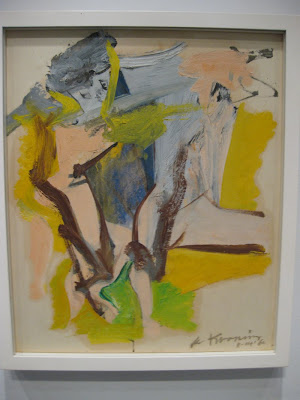George Nelson and Charles and Ray Eames, one of the decisive figures of post-war American design. The focus of his broad oeuvre was on textile design: As head of the Herman Miller Company's textile division, Girard designed a multitude of textiles that reflect his love of festive colours and patterns. He favoured abstract and geometric forms, typically put together in bright constellations of colours. Alexander Girard's upholstery fabrics have lost none of their charm, and a range of classic Girard designs such as Quatrefoil, Names or Toostripe Orange are included in the Vitra and Maharam "Textiles of the 20th century" cushion collection. Having originally studied architecture, Girard made a name for himself over his long career in the fields of furniture, exhibition and interior design as well as in the graphic arts.
Ben Goss
Ben Goss
Illustrator + Designer + Painter
Lives in Sydney, Australia.

Goss established his career as an illustrator in Sydney, the UK and USA. His Illustrations have appeared in The New York Times,The Guardian and Taschen books. He continues to work for a broad range of clients in the print media from corporate to editorial andhas fulfilled a number of painting commissions, including Qantas’ in flight catering artwork.











His paintings are indicative of his exploration within a consistent method of composition. The final work is the result of an instinctive process whereby an initial image is completed and then painted over in a process that “reveals and conceals”.



















say hello to ben @ hey@bengoss.com












































